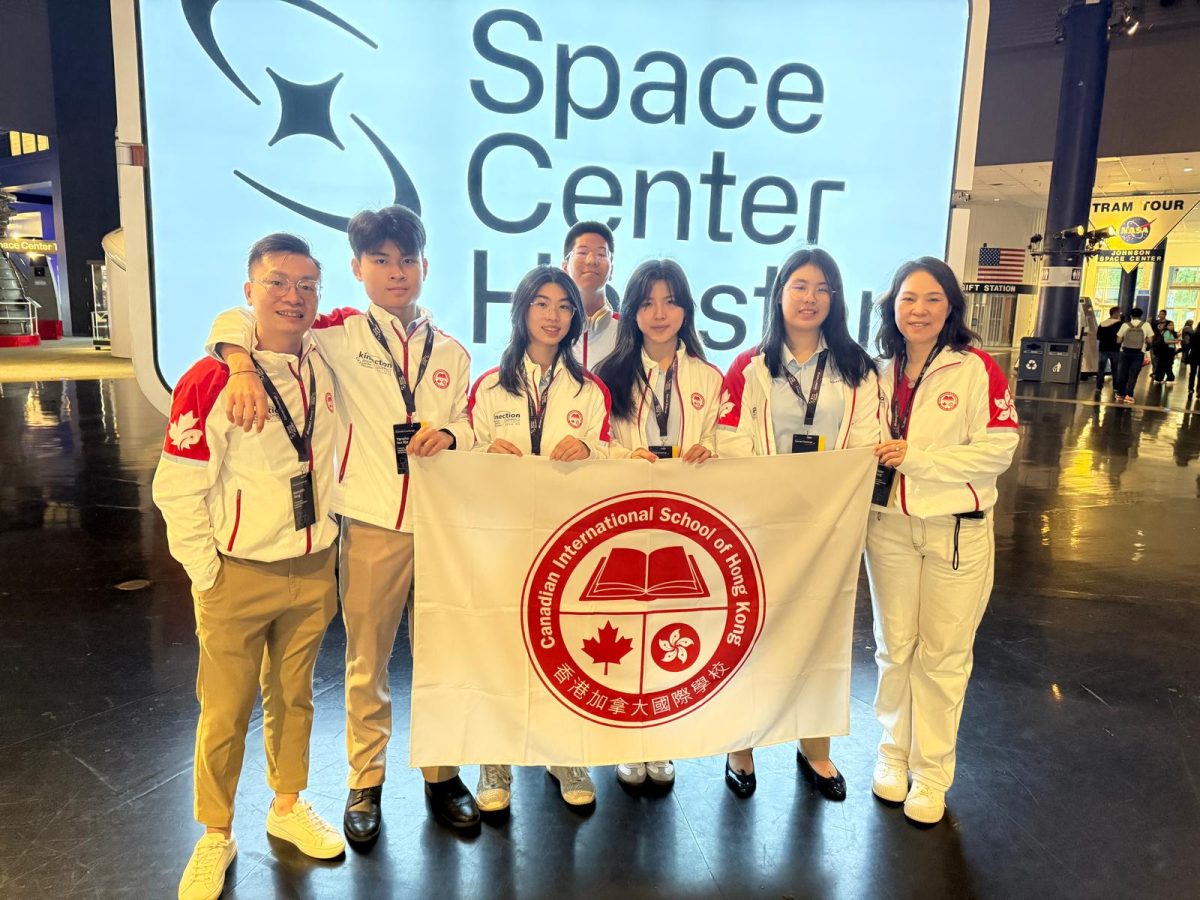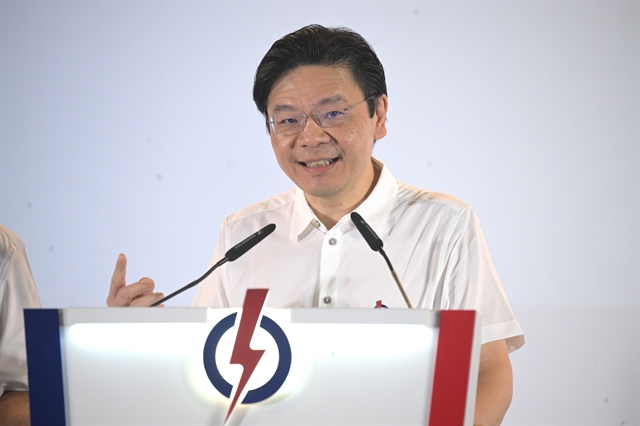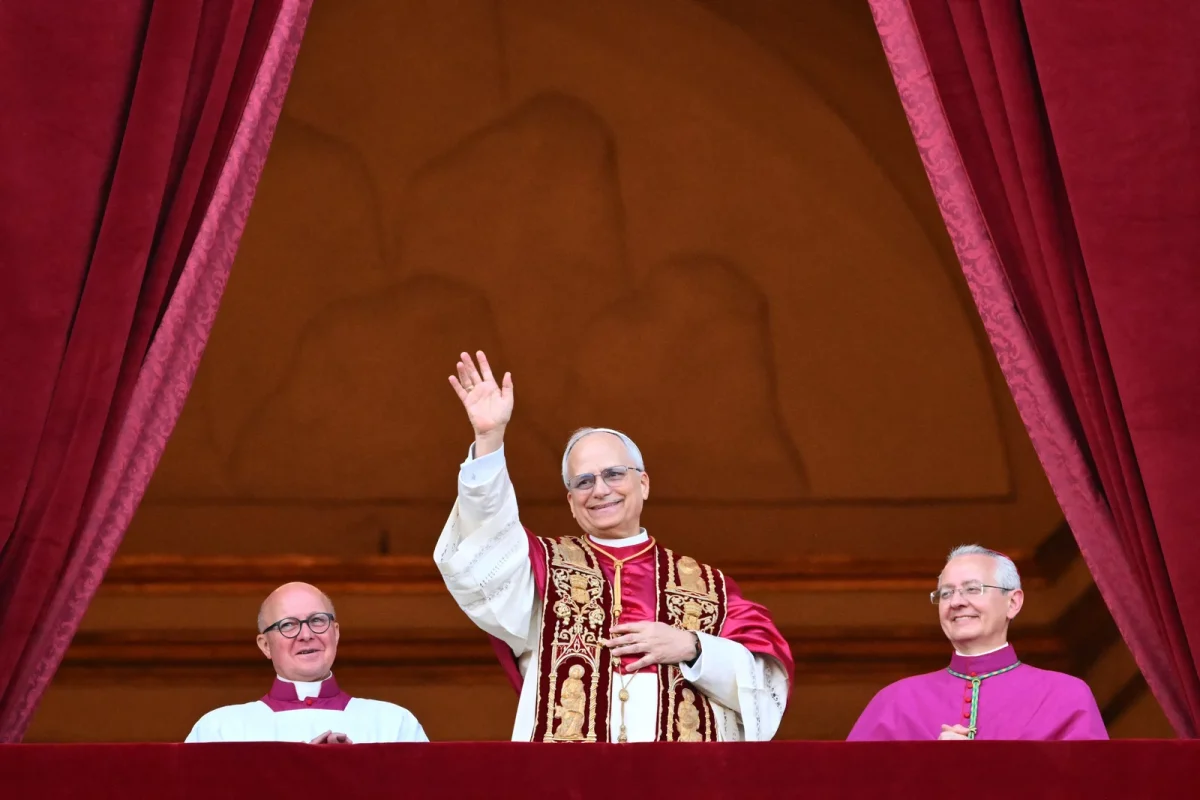Imagine being in Russia, on October 4th, 1957, staring up at the sky as the first satellite launch ascends, penetrating the atmosphere separating us between the earth and the stars in a
marvel of human technology. Less than a century later, from voyages into space to formulating plans regarding reusable rockets, space exploration has constantly been developing and
yielding discoveries. SpaceX, founded by Elon Musk, has recently made strides in space exploration. Since its inception in 2002, the company has been creating a reusable, two-stage
rocket, making it possible to reuse its most expensive components. The goal of this technology is to fortify efforts returning humanity to the moon and back.
The first attempt of SpaceX with a reusable rocket was the Falcon 1, launched in 2006. However, this rocket did not survive re-entry into the atmosphere. Following these setbacks, Spa-
ceX continuously developed improved models starting in 2010, using power instead of sole reliance on gravitational force.
The general process of landing is as follows: first, the rocket component launches the craft
into the atmosphere before the entire bottom section detaches itself, reentering head-first,
and free-falling down from space, then for a guided descent powered by thrusters, where it
will straightened before slowly descending to the ground using four mechanical legs that fold
down.
Designed and brought to life by Thomas John Muller, employee No.1 of SpaceX, and the foun-
der of the new company “Impulse Space”, the Falcon 9 is currently the most frequently laun-
ched American rocket in history, totalling over 300 reflights. Most launches take place from
Vandenberg Space Force Base, California. Through this spacecraft, the rocket launch cost
will be divided by 20, $140 million compared to the $1.5 billion by saving the most expensi-
ve parts of the rocket. Despite multiple engine malfunctions and temporary termination in
previous SpaceX models, the Falcon 9 has had nearly all its launches land successfully. Musk
describes it as “a dream come true”.
Yet, not all stakeholders are pleased with these developments. French National Space Agency)
Chairman Philippe Baptiste criticised the decision to abandon the Ariane 6, a similar spa-
cecraft, in favor of Falcon 9, calling it a “brutal change” and a “very disappointing day for
European space efforts”.
In the future, the Falcon 9 will open up more avenues for space exploration by reducing the
cost and resources needed for launch.































